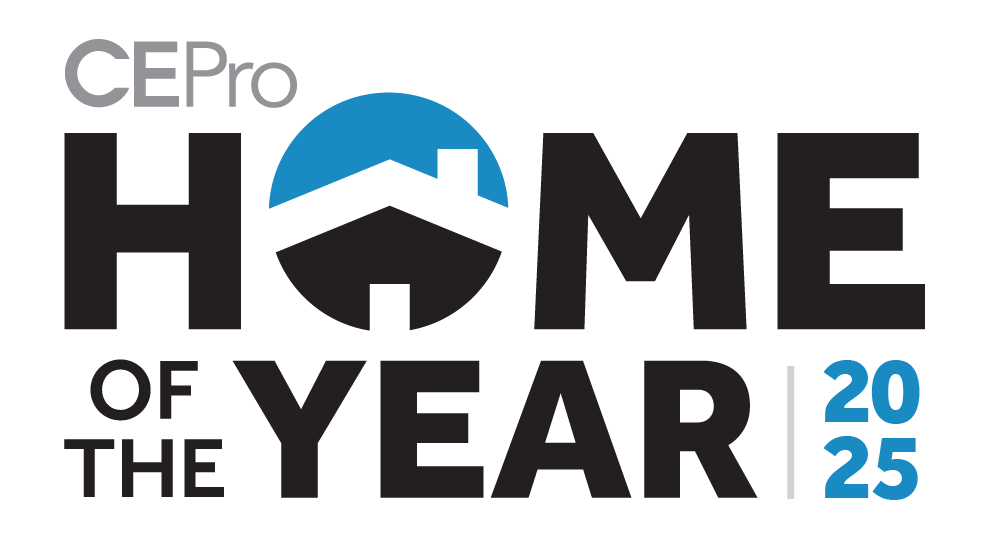The custom integration professional who is adept at talking to clients clearly and succinctly will be among the most successful in lighting, and to do that means leveraging the power of analogies.
Analogies – essentially comparison between two things with partial similarity – can be effective lighting sales tools when they focus on what clients already understand.
Too often, sales teams talk about what makes their lighting widget better than someone else’s lighting widget and, while important, most customers care very little for widgets. Among the largest obstacles to adoption is a lack of understanding among our customers.
They simply do not know what light can do for them, and most people will not pay more for something they do not understand. So, what if the CRI of your downlight is two points higher than theirs?
I try out new analogies frequently; some work okay and some work so well they make it into our daily conversations. For example, I have a particular dislike of wafer lights–the thin glare bombs that fill up most new homes with cheap lighting–but it can be difficult to explain why they should be kept in closets and garages when talking to a client.
In the past, I have compared them to fluorescent lights (same ugly quality) and blue plastic tarps (functional but ugly and short-lived), and I will keep trying until I find something that works for most customers.
Consider this when describing budget categories, as well: Most homeowners cannot identify an appropriate lighting fixture or budget, but they do know that Wolf ranges are better (and more expensive) than Hotpoint stoves. Sure, they want to save money where they can, but they are not going to put a cheap appliance in their beautiful new kitchen.
When we align lighting fixture budgets to different levels of kitchen appliances, customers can suddenly see where their lighting could fit in.
Some analogies have more power than others, and one such analogy was recently shared with me by Stephanie Quimby. Stephanie, a key member of our sales team, has plenty of experience talking to homeowners, builders, architects and other sorts of clients about lighting and continues to lead those conversations weekly for us.
For Stephanie, flooring has become a go-to analogy for lighting sales.
Why flooring? Because homeowners understand flooring choices better than they understand lighting choices.
Homeowners know that appropriate flooring should be chosen for each room of the house, and that one flooring is rarely the right choice for every room. Who wants wall-to-wall carpeting in a garage? Who wants astroturf in their owner’s bath? We can compare this to lighting – who wants wafer lights, the equivalent of cheap carpeting – in every room of the house?
Homeowners also know that some flooring will cost many times more than others, and this gives them a feeling of control over the budget.
There is rarely a good reason to use the same level of lighting quality and quantity in every room of the house. If you spend a lot more on the flooring in a room, chances are you should be spending more on the lighting in that room, too.
Cheap concrete floor in the garage? You can get away with cheaper lighting. Beautiful stone tile flooring in the kitchen? Upgrade your lighting. Affordable carpet in the guest bedroom? You might be able to save a few bucks, but please don’t light it like the garage.
Stephanie points out that flooring and lighting are among the few elements that touch every single room of the house (and outdoor living spaces, too), which makes choices important for both categories.
Flooring is also a design element: homeowners and designers obsess over the quality, texture, color, and pattern. Many options are considered, often in concert with wall coverings, furnishings, and woodwork. Flooring needs to function well, but it also needs to look beautiful and complement the rest of the room. Sound familiar? Lighting needs to function, too, and it also can look beautiful and complement the room.
It is worth pointing out that lighting can feel more complex than flooring, and that’s okay. There are color temperatures, beam angles, lumen outputs, trim and reflector finishes, aperture sizes and dimming technologies to consider.
With flooring, a homeowner will seldom spend significant energy on subfloor materials, underlayment, adhesives, or what goes into the grout beyond the color- they leave that to the professionals. The complexities of lighting should be left to you when talking to clients. Mention them and reassure the client that they are good hands but try to avoid overwhelming them with technical details.
Are you running into tough objections from customers when you introduce higher quality lighting? Most likely, they are objecting because they lack understanding. To help them make better decisions, you may want to consider spending less time talking about lighting and more time talking about flooring or cooking appliances. Analogies could be the key to unlocking your next sale.
David Warfel is Chief Evangelist of Light at design firm Light Can Help You (lightcanhelpyou.com).







